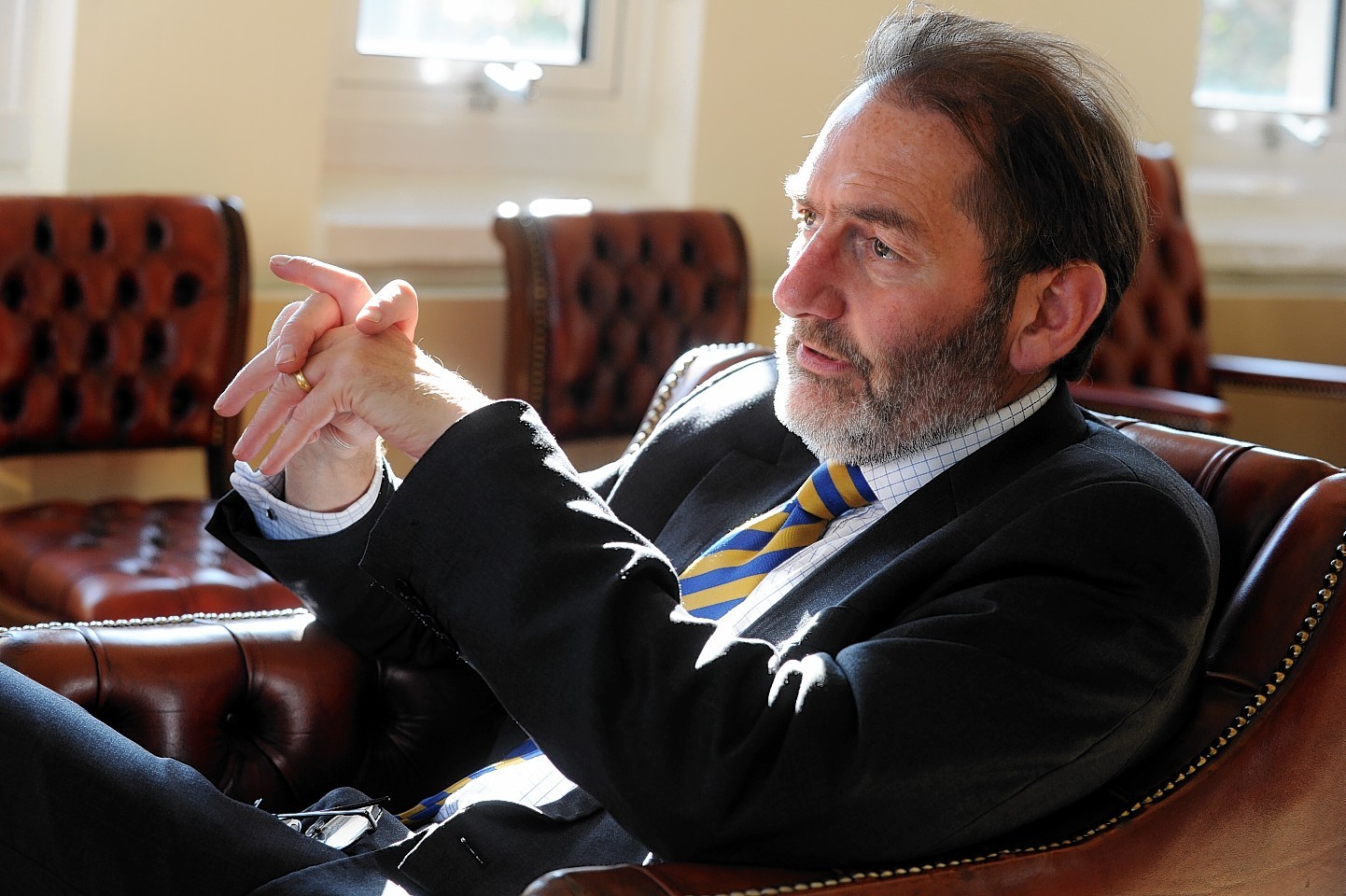The principal of Aberdeen University has argued that free university places taken up by European students should be reallocated to Scots after Brexit.
Sir Ian Diamond, who is also vice-chancellor at the university, supports the Scottish government’s commitment to ensure thousands more people from disadvantaged backgrounds can enter university.
But he believes this should not be at the expense of undergraduates from wealthier areas.
He stated the government should resist the temptation to pocket an estimated £93million in savings once an obligation to provide free university tuition to EU students has ceased.
Instead, he said that the government should ensure the places were made available to Scots.
The SNP’s free tuition fees policy means the number of university entrants from Scotland and EU countries, excluding the rest of the UK, is capped.
Brexit will almost certainly bring an end to the obligation to pay the fees of EU citizens, meaning the number of students choosing to move to Scotland is likely to fall.
Sir Ian said: “It’s incredibly important that if we wish to achieve targets, then post-leaving the EU, the Scottish government allows us to continue to recruit the same number of students – in other words, replace European students with Scottish students.
“Otherwise, for every other student from a disadvantaged background, there’s going to be someone from a middle-class background who doesn’t get in. That can’t be good either.”
In 2015, more than 13,000 full-time Scottish university students were from other EU countries, almost double the number of a decade ago.
